This Tiny Creature’s Incredible Ability Holds Clues About Growing Back Damaged Body Parts in Humans
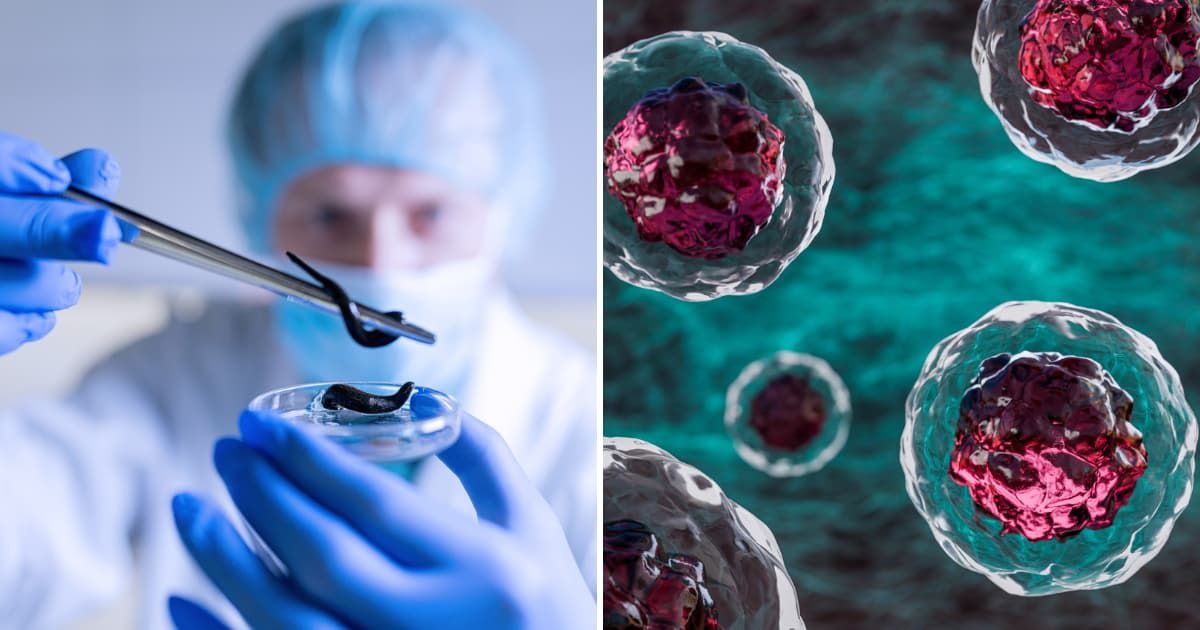
For humans, the possibility of regrowing a broken arm or amputated leg is next to nil. But for some wiggly creatures, a.k.a. flatworms, it is a common occurrence. Fishes or sea birds patrolling the coastlines pluck them in their beaks and chow down. If it’s a lucky day for the worm, at least one part of the worm’s body succeeds in escaping the predator. When it happens, a surprising phenomenon ensues. A bounty of stem cells is hoarded up in their bodies. These cells help the flatworm regenerate its whole body from the amputated body part. In a study published in Cell Reports, researchers documented this fascinating phenomenon unfolding in a freshwater flatworm named Schmidtea mediterranea.
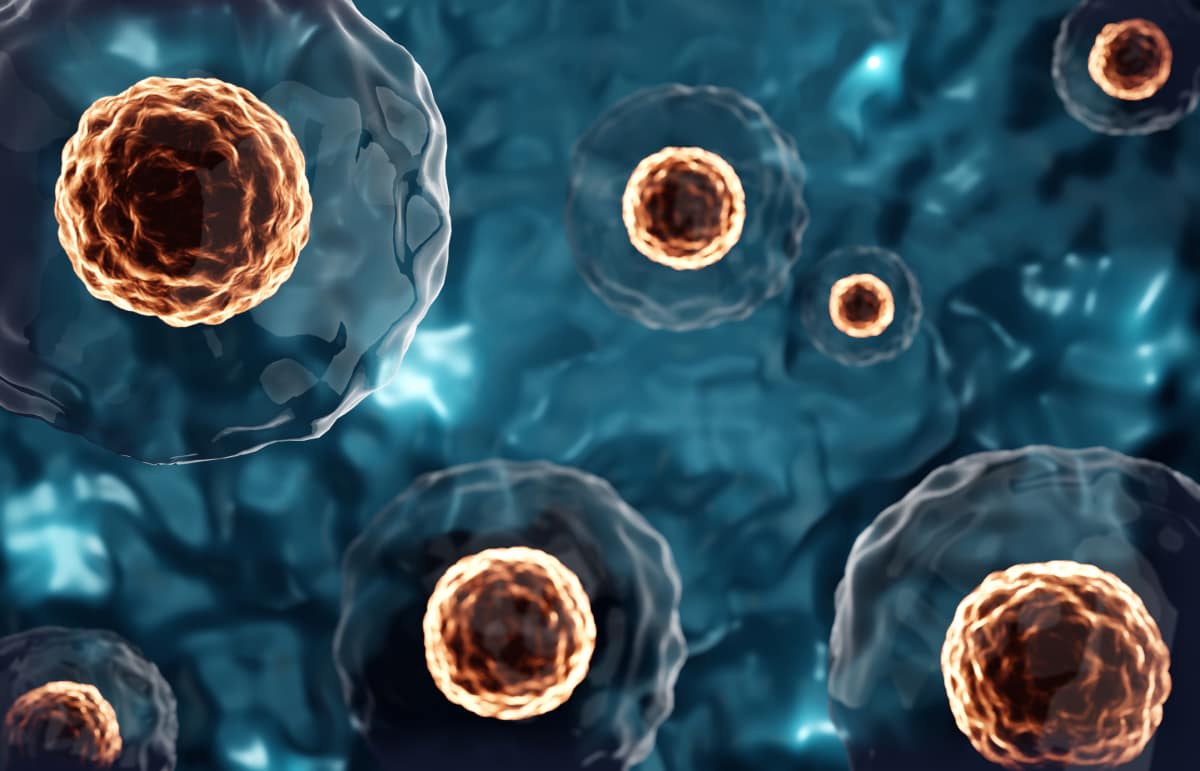
Schmidtea mediterranea, as the name suggests, is a planarian, mostly found in areas of the Mediterranean, southern Europe, or Tunisia, often clinging to hard surfaces like rocks and gravel. In this study, researchers from Stowers Institute for Medical Research revealed that this dwarf-sized worm carries an unlimited potential to regrow its whole body from just a tiny fragment or a piece that survived the amputation or a predator’s mouth.
The objective of the study was to investigate and delve deeper into the stem cell biology that could help scientists create better treatments and cures for human diseases, as well as prescribe interesting measures for human longevity. To conduct the research, they employed an array of modern technologies, including electron microscopy, that enabled them to explore the magnificent architecture of the worm’s microenvironment, stem cell potency, and regenerative capacity.
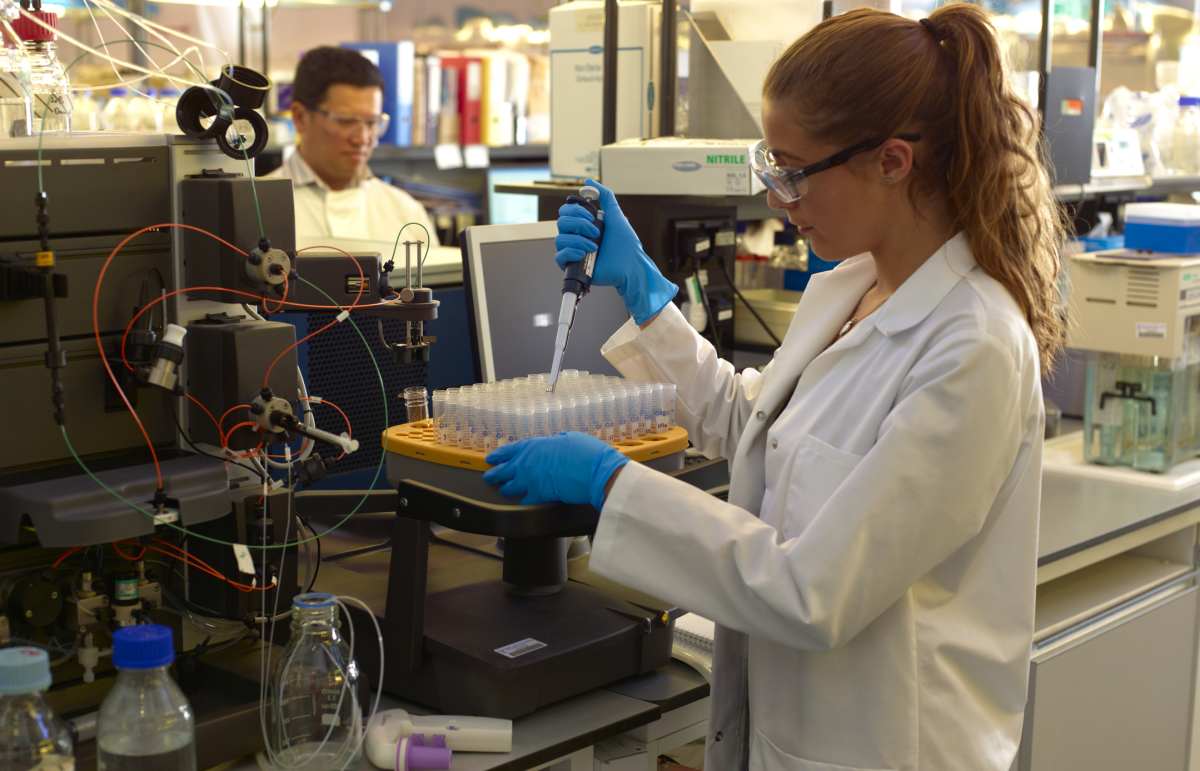
In science, stem cells are one of the most mysterious types of cells in living organisms, per TED-Ed. In humans, they are scattered throughout the body. They are like potent droplets of water. Put them in a green container, and they become green. Put them in a purple container, and they take on the purple hue. If more nerve cells are required, the stem cells will become nerve cells. If more blood cells are required, they will turn into blood cells.
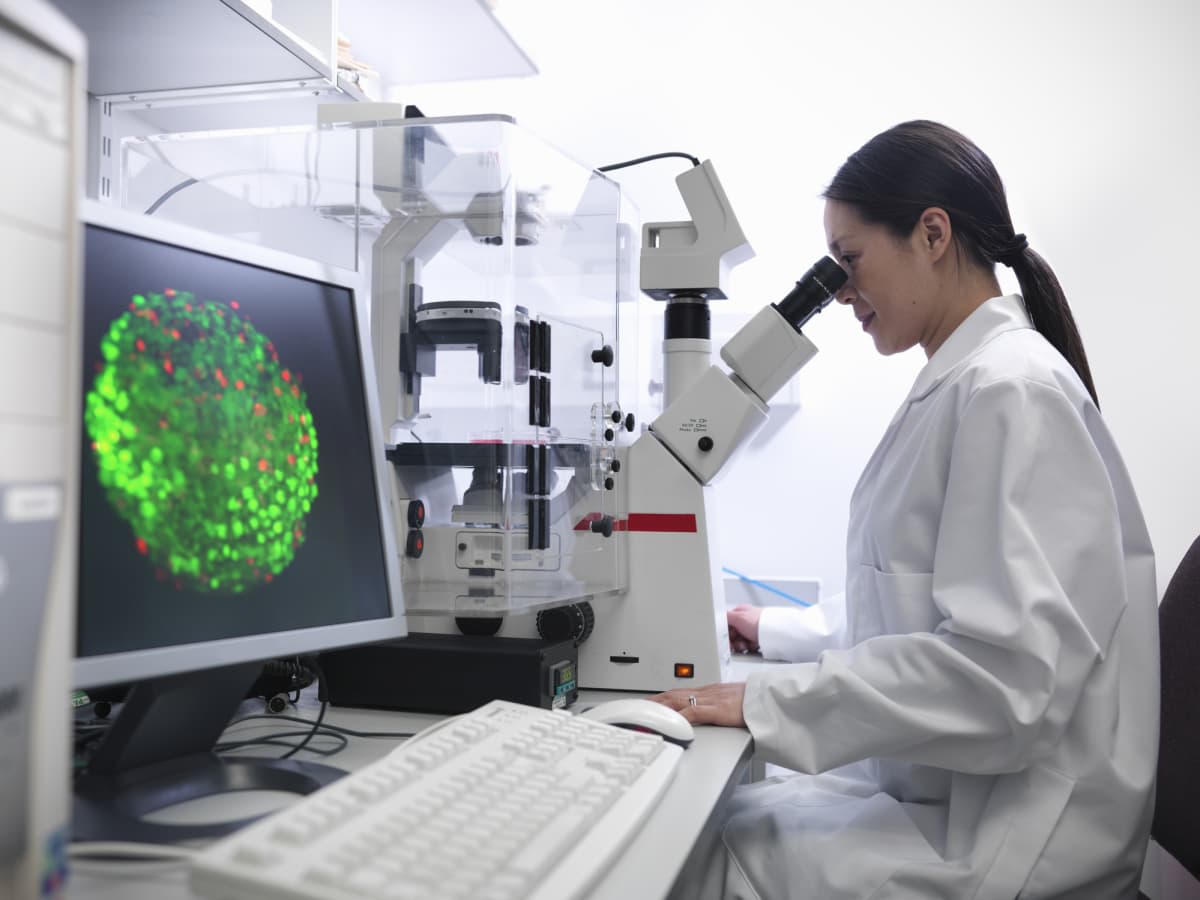
In humans, these totipotent shapeshifters are guided by the adjoining cells, which “instruct” them to take on a particular form. The instructions are passed on through cell-to-cell contact, via adhesion junctions whose outer coating of cadherin proteins acts as adhesives or communication. In S. mediterranea, however, the stem cells depicted an unusual behavior. The secret here lies in the numbers. An earlier study published in Nature reported that a healthy human adult has a range of 50,000 to 200,000 stem cells, which is less than 1% of the body. In S. mediterranea, almost 15% of the body is stocked up with stem cells. This amazing cornucopia is likely the reason why the worm can regrow its body so rapidly.
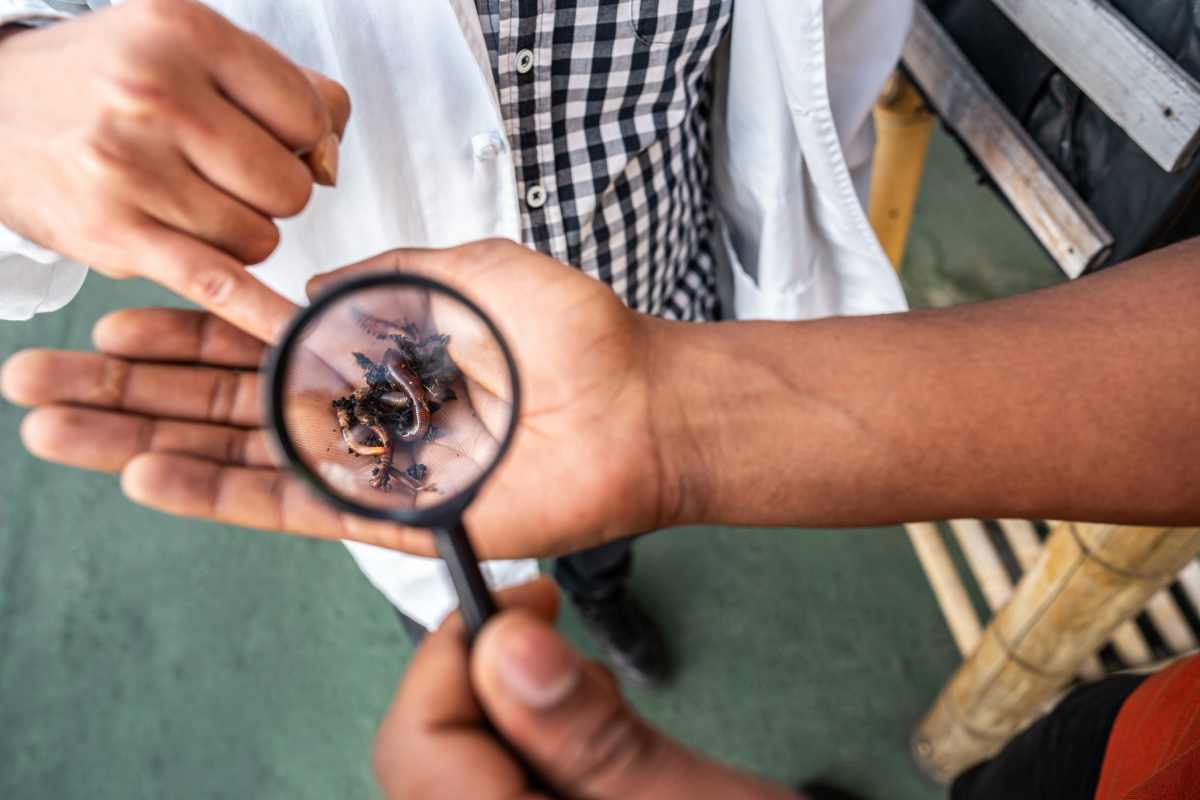
In most animals, including humans, the stem cells are stored in “niches,” tissues within bone marrow. The adjoining neighbor cells have already been planned for the fate of these cells. Every time the body requires a new set of cells, these neighbors pass on the list of instructions to the stem cells, such as differentiation or self-renewal. After studying this flatworm’s behavior, researchers had to challenge this textbook concept.

Lead researcher and biologist Frederick Mann explained in a press release that the differentiation process in this planarian is also very unusual and different. When Mann and his team examined the worm in comprehensive detail, they discovered a large kind of cell with multiple “arms,” which they named “hecatonoblasts” after a many-armed monster from Greek mythology. This cell had no role in determining the fate of the stem cells.
More on Green Matters
Biologist Stumbles Upon an Incredible Marine Creature That Reverses Its Age and Stays Immortal
This Tiny Glowing Jellyfish in the Ocean Reveals an Incredible Secret to Immortality
Tiny Creature Defies Science As It Can Give Birth to Two Different Species of Offspring